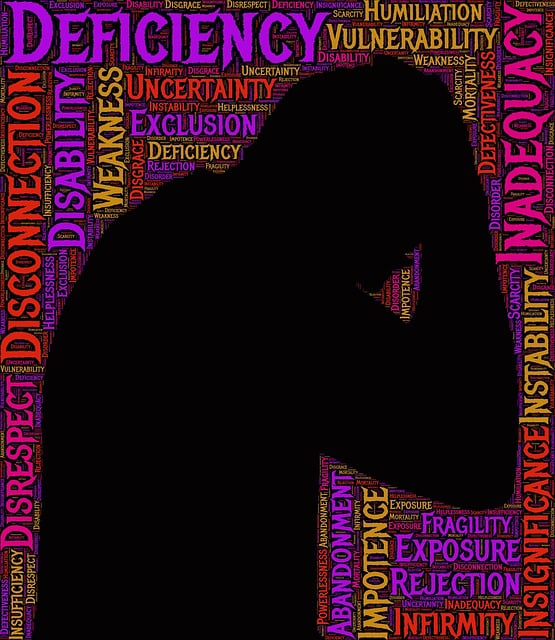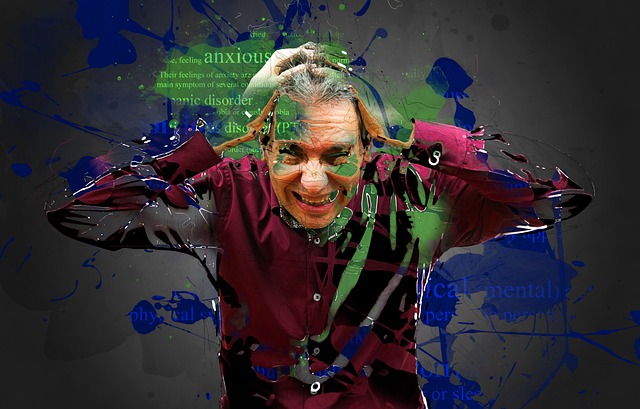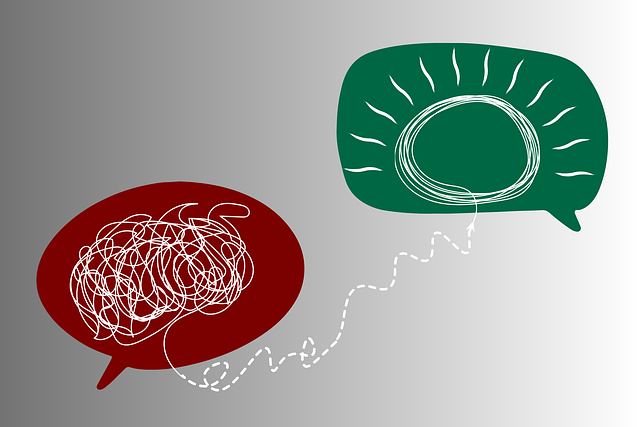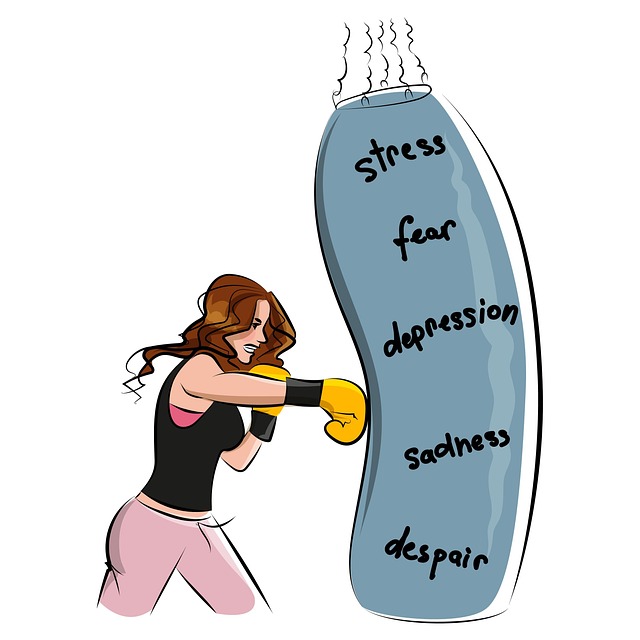Somatic Experiencing (SE) is a revolutionary therapy that bridges mind and body, addressing physical remnants of trauma through techniques like breathing exercises, body scanning, and re-enactment. SE helps individuals understand and resolve unconscious bodily reactions linked to past events, offering a holistic approach for healthcare professionals aiming to prevent burnout. In crisis situations, trained SE therapists identify and de-escalate intense emotions using empathy, conflict resolution strategies, and cultural competency training. This therapy encourages positive thinking, emotional expression, and coping skills, fostering healing through body-mind connection. Public awareness campaigns can destigmatize SE and improve mental health by integrating its techniques into community support systems.
In times of crisis, effective intervention strategies are paramount. This article guides you through essential techniques, focusing on therapy for Somatic Experiencing (SE), a powerful approach to help individuals navigate traumatic or intensely challenging situations. We’ll explore key principles and practical applications, offering insights into identifying crisis situations and understanding the unique challenges they present. By delving into SE, readers will gain valuable tools to provide immediate and impactful support.
- Understanding Somatic Experiencing: A Brief Overview
- Identifying Crisis Situations and Their Unique Challenges
- Core Principles of Crisis Intervention Strategies
- Practical Applications: Implementing Therapy for Somatic Experiencing
Understanding Somatic Experiencing: A Brief Overview

Somatic Experiencing (SE) is a unique therapy approach that focuses on the deep connection between the mind and body. It recognizes that traumatic experiences often leave physical sensations and responses as residual memories, which can lead to ongoing stress and mental health issues if left unaddressed. This therapeutic method aims to help individuals reprocess these buried emotions and sensations, facilitating healing and a sense of safety in their bodies.
SE incorporates various techniques, such as focused breathing, body scanning, and trauma re-enactment, to assist clients in experiencing and resolving the physical manifestations of past traumatic events. By engaging in these activities, individuals can gain new insights into their bodily responses during stressful situations, learn to regulate these reactions, and ultimately develop more adaptive coping mechanisms. This approach is particularly valuable for healthcare providers dealing with burnout prevention strategies as it empowers them to address not just the cognitive aspects of trauma but also its profound physical effects, contributing to effective conflict resolution techniques and improved depression prevention efforts.
Identifying Crisis Situations and Their Unique Challenges

In many cases, crisis situations are characterized by intense emotions and a sense of overwhelming circumstances. Identifying these moments is paramount as they often require immediate attention to prevent escalation. Therapists trained in Somatic Experiencing (SE) are adept at recognizing such scenarios, where clients might be struggling with traumatic memories or sudden, profound shifts in emotional states. SE therapy focuses on helping individuals process and release trapped sensations and memories, providing a unique approach to crisis intervention.
Understanding the nuances of crisis situations involves recognizing that each presents its own set of challenges. These can include communication barriers, such as disbelief or denial, where clients might not immediately express their needs. Building empathy and confidence-boosting techniques are essential tools for professionals navigating these complex scenarios. Conflict resolution strategies play a vital role in de-escalating tensions, allowing individuals to feel heard and understood during therapy sessions.
Core Principles of Crisis Intervention Strategies

Crisis intervention strategies are grounded in several core principles that guide effective support during moments of intense distress or trauma. One key principle is Somatic Experiencing Therapy, which recognizes the profound connection between physical and emotional responses, emphasizing the role of the body in healing from traumatic experiences. This approach encourages individuals to process and release stored trauma energy, fostering a sense of safety and regulatory control.
Additionally, successful crisis intervention incorporates conflict resolution techniques that help de-escalate situations and promote healthy communication. Encouraging positive thinking and emotional expression plays a crucial role in empowering individuals to manage their crises. Furthermore, healthcare provider cultural competency training is essential for delivering tailored care, ensuring that interventions are sensitive to diverse backgrounds and beliefs. This holistic approach, combining somatic healing with effective communication strategies and cultural awareness, forms the backbone of comprehensive crisis intervention guidance.
Practical Applications: Implementing Therapy for Somatic Experiencing

The practical applications of Therapy for Somatic Experiencing (SE) are vast and transformative, offering a unique approach to crisis intervention. SE therapy focuses on helping individuals process and release traumatic memories and sensations stored in the body, often resulting from distressing or life-threatening events. This form of therapy encourages clients to connect with their bodily sensations, emotions, and memories, fostering a deeper understanding of their past experiences. By engaging in Compassion Cultivation Practices, such as mindfulness and empathetic awareness, therapists support clients in developing coping skills that enable them to navigate future crises more effectively.
Public Awareness Campaigns Development can play a crucial role in introducing SE to a wider audience, educating people about the benefits of this therapy for post-traumatic stress disorder (PTSD) and other trauma-related conditions. These campaigns can help destigmatize seeking therapy and encourage individuals to prioritize their mental health. Additionally, integrating SE techniques into community support systems can enhance the overall well-being of at-risk populations, promoting resilience and improving coping abilities through the development of coping skills tailored to individual needs.
In conclusion, crisis intervention strategies, particularly focusing on Therapy for Somatic Experiencing (SE), offer a powerful approach to addressing intense emotional and physical reactions during crisis situations. By understanding SE’s core principles and practical applications, professionals can effectively guide individuals through traumatic experiences, fostering resilience and promoting long-term healing. This evidence-based method empowers folks to navigate challenging circumstances with enhanced coping mechanisms, ensuring better outcomes in both the short and long term.














